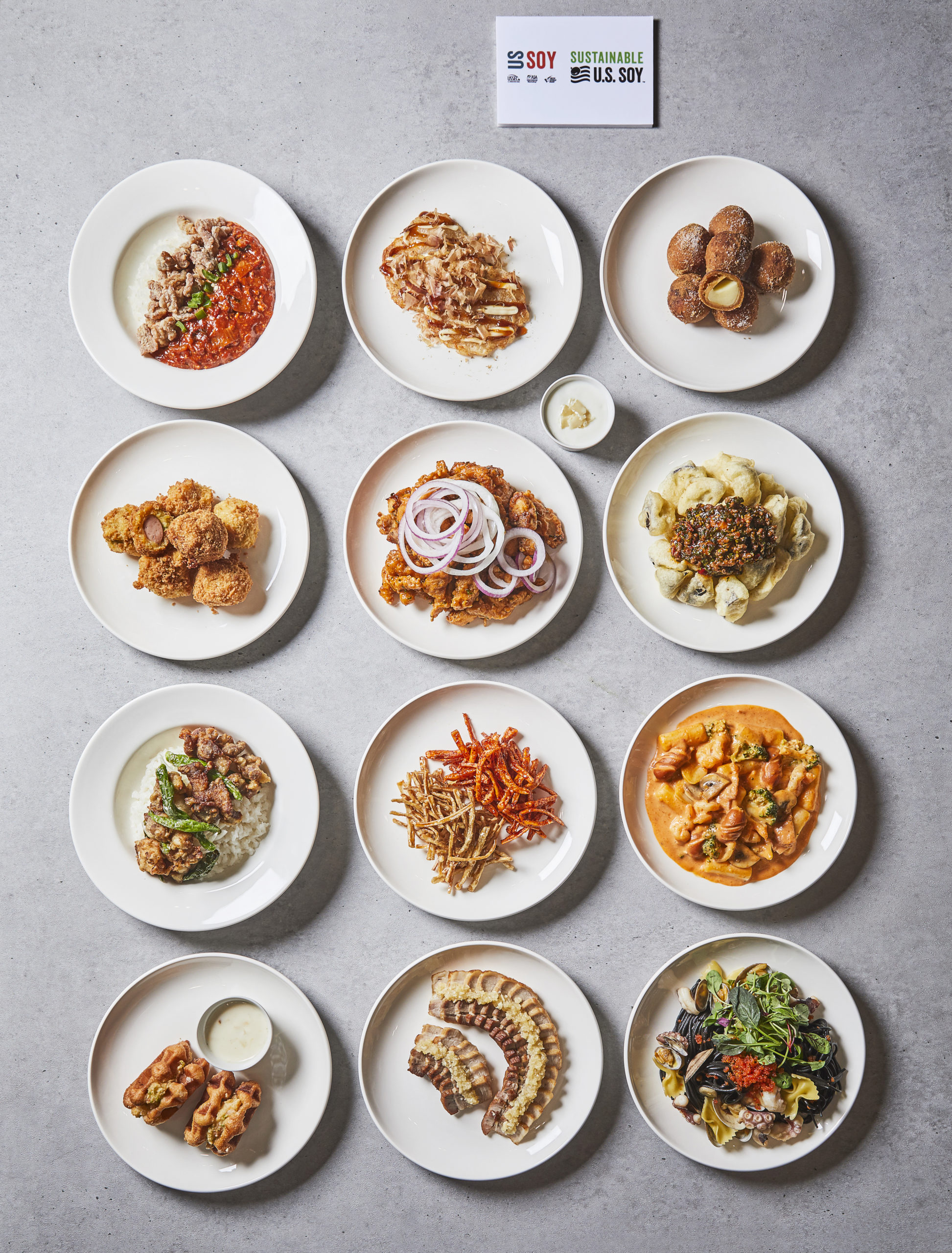High Oleic Soybean Oil Shines in Recipe Competition
- Category:
- Event followup
- Soybean OIl

It started in September with 92 dieticians in Korea who created, cooked and brought to life new recipes using high oleic soybean oil and ended early this month as two renowned chefs judged the final panel of dieticians naming one the victor.
Cooking up high oleic fried Puchae (a high-fiber dish, but not typically preferred), Sumin Chung took first place winning over the judges with a “simple but attractive taste.” Chung is a dietician at an elementary school and responsible for food service. She fried the root vegetable noting that the high oleic soybean oil gave the vegetable the right crispiness.

The contest, hosted by the U.S. Soybean Export Council and sponsored by Lotte Foods, focused on on-site food service menu items using U.S. high oleic soybean oil and was open to certified dieticians who work at hotels and resorts, food service and catering businesses or food companies.
Professor Jeong-eun Kim of the Traditional Cuisine Department of Baewha Women’s University, who is famous for her appearance in the EBS cooking program “The Best Cooking Tips,” and Hyeong-jin Choi, popular star chef and owner-chef of the Chinese restaurant JinJia, judged the competition.
Recipes were evaluated on their creativity, completeness of the dish, popularity and inclusion of high oleic soybean oil.
“The contest served as an opportunity to communicate the value of high oleic soybean oil to the Korean food industry and also pave the way for consumers to enjoy healthy, clean, and affordable food,” says Hyung Suk Lee, USSEC Country Director -- Korea. “This event is a good example of how USSEC and soy oil buyers cooperated to increase awareness of the benefits of cooking with high oleic soybean oil. We are so grateful for Lotte’s support and donation of the bottled high oleic soybean oil and use of their cooking studio for the contest.”
During the competition, dieticians shared: “I could use the high oleic soybean oil longer than other cooking oils because of its improved oxidative stability,” and “I think the high content of oleic acid in high oleic soybean oil can contribute to public health and it is meaningful for me as a dietician.”
High oleic soybean oil is processed from soybean varieties with an oleic acid content of about 70% and low saturated fatty acids. This increases its oxidative stability, giving the oil a longer fry life, compared to other oils, and extends the shelf life of deep-fried food products. Additionally, there is less buildup on cooking surfaces, making cleaning equipment much easier. Furthermore, high oleic soybeans grown in the United States are verified sustainable, which has become increasingly relevant in recent years.
“Because of these benefits, we expect demand for high oleic soybean oil in Korea’s food service and catering sectors in Korea to only increase,” says Lee. “This contest was one way for us to communicate and give dieticians the experience to see the benefits first-hand.”
— Partially funded by U.S. soybean farmers and their checkoff.